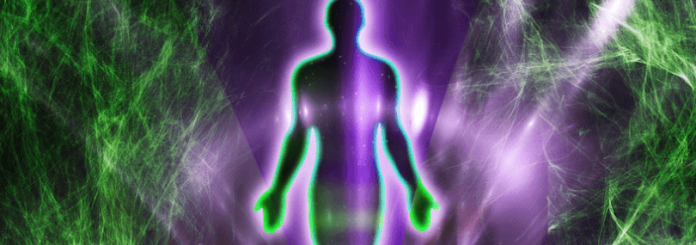The Meaning of the Various Aura Colors

If the concept of auras is all a bit new to you, then you may be struggling to wrap your head around all the various aspects of any given aura. Once you’ve learned to see the aura of yourself or another person, you then have to explore all the various aura colors and meanings. What does a blue aura mean or a gold aura or a green aura? In this article, we will explore the basic aura definition before going on to look at the various aura colors and their meanings. So let’s start off with what an aura actually is.
What does aura colors mean?
If you find yourself asking: what is my aura? Not to worry, here are the basics of what an aura actually is. The easiest way to think of an aura is like a spiritual force field. Auras work to protect us from harmful and/or negative energies that we encounter on a day to day basis.
The strength of auras varies depending on a number of factors such as physical health, mental health, diet, spirituality, angelic blessings, and much, much more. This is where the various aura color meanings come into play.
Would you like to know who your Protective Guardian Angel is?
In order to get in contact with your Guardian Angel and receive your FREE ANGEL READING, please fill out this form:
As we will see in a moment, any aura color reflects two main things: the personality (including lifestyle and spirituality) of the person and the type of protection that their aura can offer them. One simple way of looking at any aura color is as a reflection of the person’s vibrational energy level.
People with a higher vibrational energy level will display a different spectrum of color than those with a lower vibrational energy level. Typically, the color of an aura can vary throughout the day but certainly from day to day or week to week. So let’s take a look at some examples of aura colors. FYI, you can also perform an Aura color quiz, to know better and to answer to: What color is my aura?
Blue aura
So let’s take a look at the blue aura meaning. Unfortunately, understanding aura colors is made all the more complicated by the fact that each color has varying shades. So it’s not as simple as looking at the blue aura as there are in fact a number of different shades of blue, each with a different meaning. We’ll start off with dark blue shade.
Dark blue as an aura color represents is often mistaken to represent advanced spiritual abilities such as clairvoyance or another clear ability. However, the shade is more representative of that individual’s personality and their drive for spiritual knowledge.
Typically, these people are generous with high levels of empathy and a unique sensitivity to the energy of people and locations. These people can handle negative energy in a more efficient manner than the rest of us which allows them to seemingly radiate positive energy.
A turquoise aura, on the other hand, involves a higher attraction to negative energy. Aura colors such as turquoise suggest that the individual struggles deal with negative energy and while being empathetic, they typically cling to the emotional states of those around you.
This is a major issue for those working in fields that typically involve negative emotions such as therapy or police work. It’s important to find an outlet for these emotions otherwise the negative energy will start to take a toll.
Red Aura
The red aura meaning is divided in the same manner as the other aura colors. Let’s start off by taking a look at the bright red shade. The bright red aura is somewhat similar to the turquoise blue aura. These people are sensitive to the emotions and energies of those around them.
However, those with light red aura are likely to seem more energetic and positive. Typically, they will appear happier but just because they appear happy doesn’t mean that they necessarily are. People with this shade of aura are masters at covering their emotions and hiding them from others.
A darker shade of red, particularly those of a murky color, represents pent-up negative emotions. For some, this will be entirely due to negative energy either from other people or the environment but it can also be reflective of deeper emotional issues. It’s important to explore these issues.
If your aura is this color then try meditating and see what feelings or memories surface. Allowing this shade of aura to go by unchecked will simply lead to a buildup of more and more negative energy which is, of course, detrimental to your emotional, physical and spiritual health.
Green aura
The final aura we’re going to look at is the green aura meaning. Similarly to the other aura colors, the green aura can typically be divided into light shades and dark shades. They will usually represent positive and negative reflections of that individual.
If we start with the light green we can see that out of all the aura colors, it is the one most associated with healing. These people will always try to help those around them. However, there is another side to their personality coin.
While they will always help, they won’t take part in activities or sports that don’t interest them. They don’t see the point in wasting time doing something that won’t benefit their lives in one way or another.
A dark green reflects a negative mindset. These individuals will always take criticism as a personal attack and often it only incites the production of their negative energy. Anger and contempt are always strong emotions associated with a dark green aura and it doesn’t take much to see these emotions on display.
You may discover more about the diversity of Aura Colors and their meanings, just by following the links to:
- White Aura,
- Pink Aura,
- Indigo Aura,
- Black Aura,
- Orange Aura,
- Purple Aura,
- Yellow aura,
- How to see aura for Beginners.
The best thing you can do to address this shade is to encourage the person to explore nature and spend as much time away from the city (and other people). This is also an example of how you can use aura colors as a way of working out the most effective techniques to spread positive energy.

